Rare 18th-Century Diamond Necklace with Links to Marie Antoinette Sells for Nearly $5 Million at Auction
The triple strand wonder contains 500 diamonds weighing over 300 carats
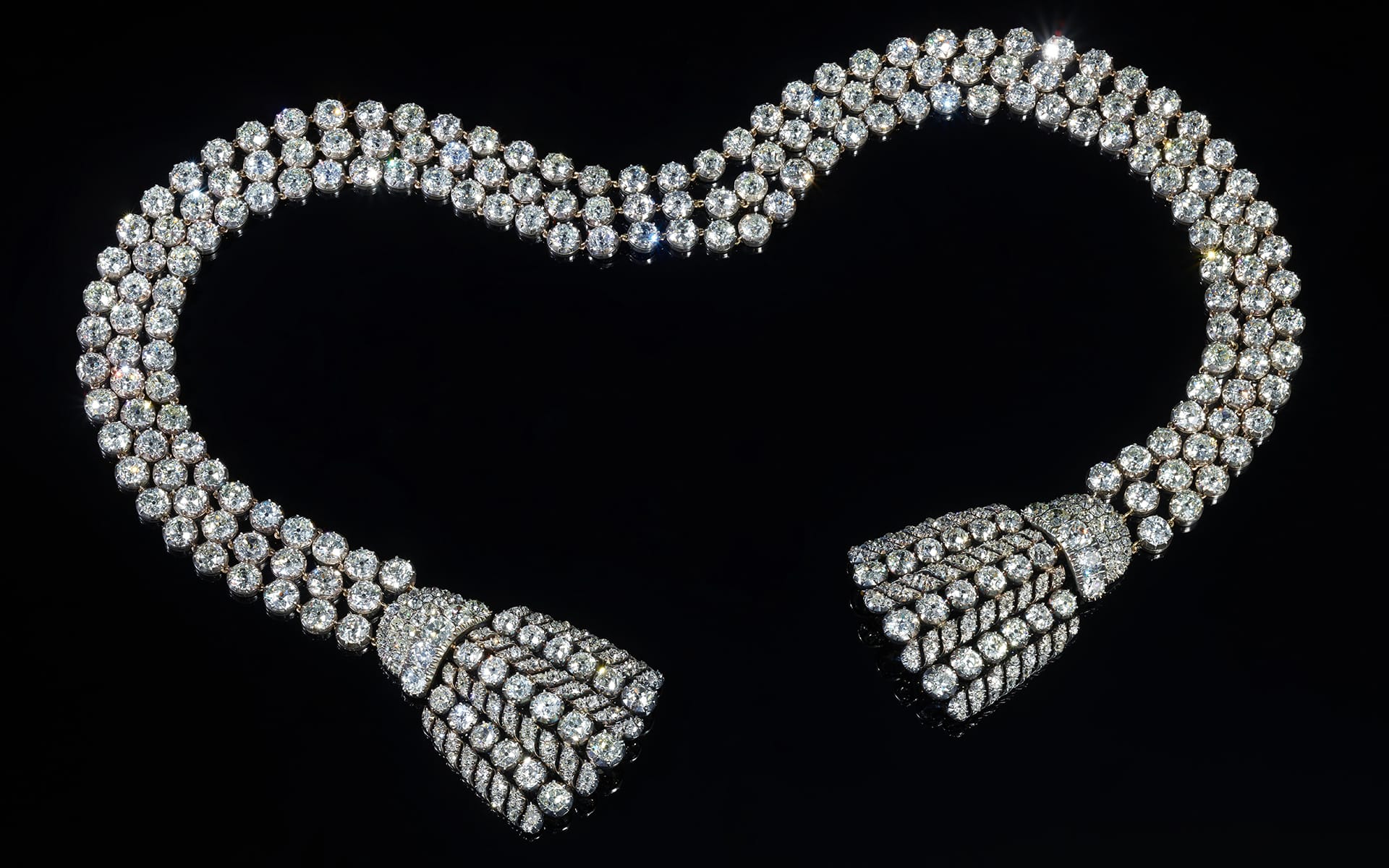
A spectacular diamond necklace with so much mystery and intrigue it practically warrants a dedicated podcast series was sold by Sotheby’s this week for $4.8 million. Said necklace—which sold for more than twice its estimate after a seven-minute bidding battle between seven would-be buyers—is a triple strand wonder, with 500 diamonds weighing over 300 carats. It is believed to have been created around 1780-1800. So what’s the fuss? There’s a chance that some of those diamonds were once part of a necklace that was the centerpiece of un énorme scandale, a salacious soap opera complete with affairs, betrayal, forgery, theft, and death.
That necklace was the Collier de La Reine. Jewelry aficionados will recognize the name, as was a whopping 2,800-carat design (incorporating approximately 650 diamonds) that jewelers Böhmer and Bassenge thought they sold to Marie Antoinette, who they also thought wasn’t sticking to the agreed-upon payment plan. But they’d sold it to a con artist and, in what came to be known as the “Affair of the Necklace,” the Queen, who had no knowledge of the transaction, was accused of defrauding the jewelers. The aforementioned con artist was caught and brought to justice, but it is widely thought that this “affair” not only sullied Marie Antoinette’s reputation but was one in a series of events that led to her ultimate demise.
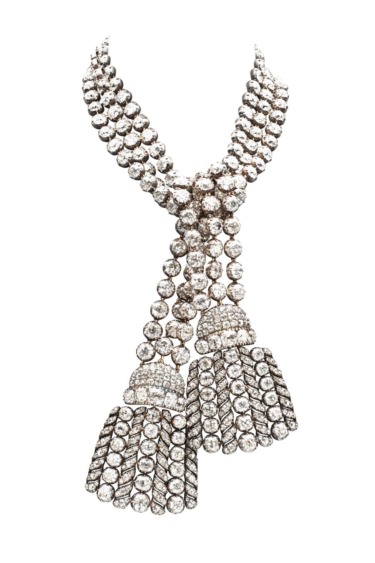
It is documented that diamonds from the Collier de La Reine were sold to Robert Gray and Sons, a jeweler in London, in 1785. But were they used to make this three-strand tasseled beauty headed to the auction block? Unclear. But there is intriguing circumstantial evidence to support the theory. The diamonds are all old mine, brilliant cut and, experts believe, hail from the legendary Golconda mines in India (these mines stopped producing in the early 1800s). There are 500 diamonds in the necklace, all of the same quality and size, and must’ve been gathered for a specific purpose, as no jeweler was likely to have that large quantity languishing about. Finally, no one other than royalty would’ve been able to afford them.
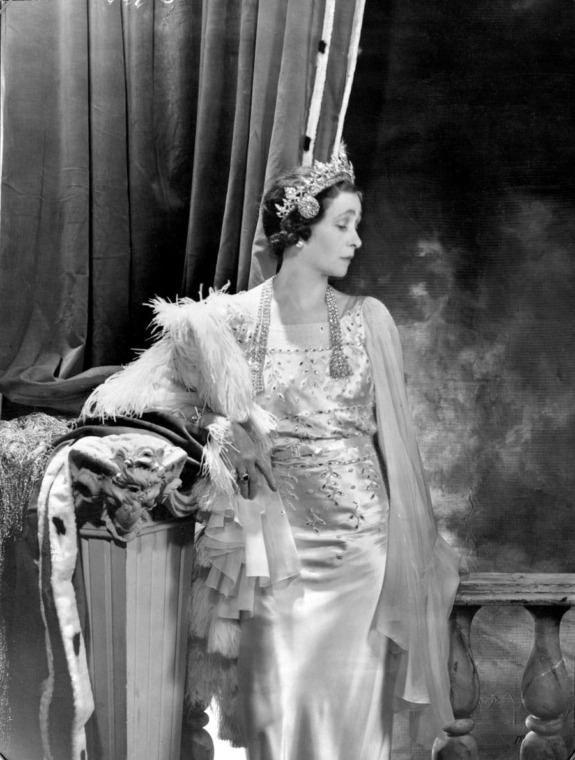
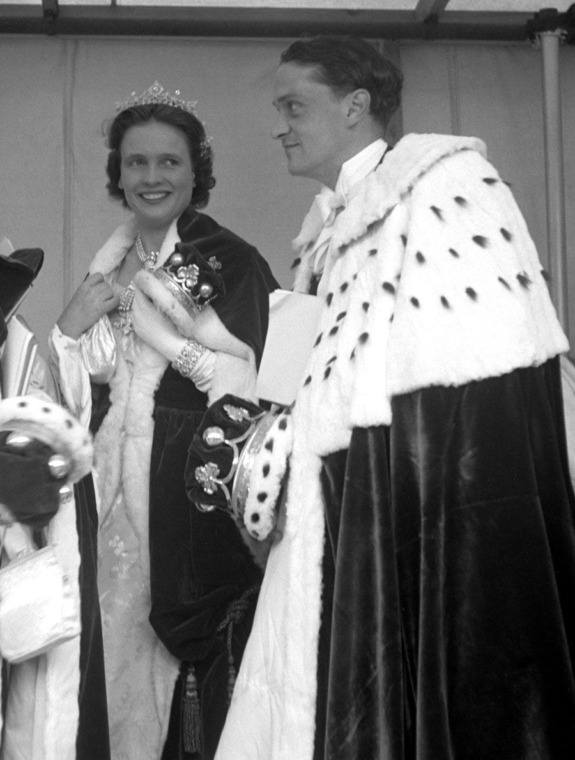
Here’s what is known. At some point this necklace, whose tassels bear a striking but not exact resemblance to those of the Collier de La Reine, found its way to the Marquesses of Anglesey. In 1937, Marjorie Paget, the Marchioness of Anglesey, wore it to the coronation of King George VI; in 1953 her daughter-in-law sported the same jewels to the coronation of Queen Elizabeth II. It was featured in Christie’s “Ageless Diamonds” exhibition in 1959, and sold to an “important Asian collector” in the 1960s. Its last public appearance was in 1976 as part of the Bicentennial Exhibition at the American Museum of Natural History in New York City. Until now. Prior to the Royal and Noble Jewels Live sale in Geneva, the necklace was on tour, making stops in London, Hong Kong, New York, Singapore, Taipei, and Dubai.
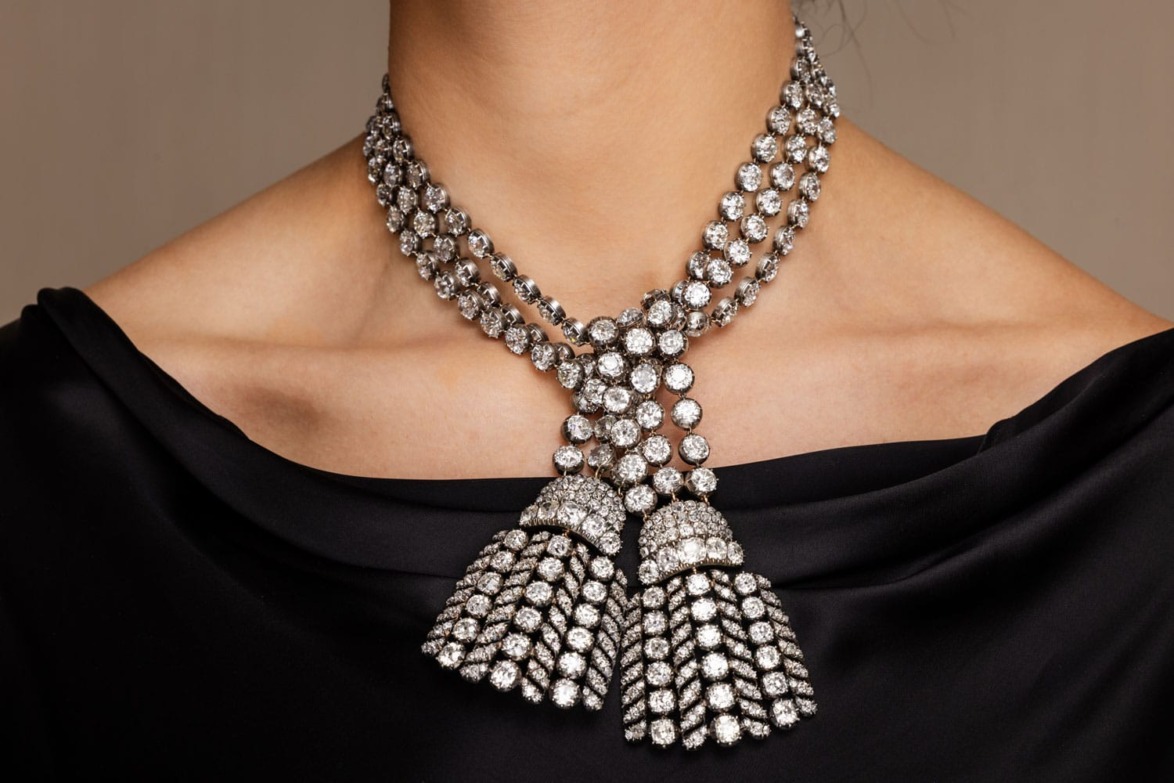
“The extraordinary results of today’s sale represent Sotheby’s Royal and Noble Jewels sales at their apex,” says Andres White Correal, Chairman Jewelry Europe and Middle East, Head of Noble Jewels. “With yet another white glove auction, these sales demonstrate the lasting power of provenance. They also show the power of the Sotheby’s Worldwide Jewelry team, the only one dedicated to enshrining the legacy of these important collections. Meticulously collected over generations, A Tsar’s Treasure provided an intimate glimpse into one of Central Europe’s most important royal families, and one of the greatest jewelry collectors of the 19th and 20th centuries.”